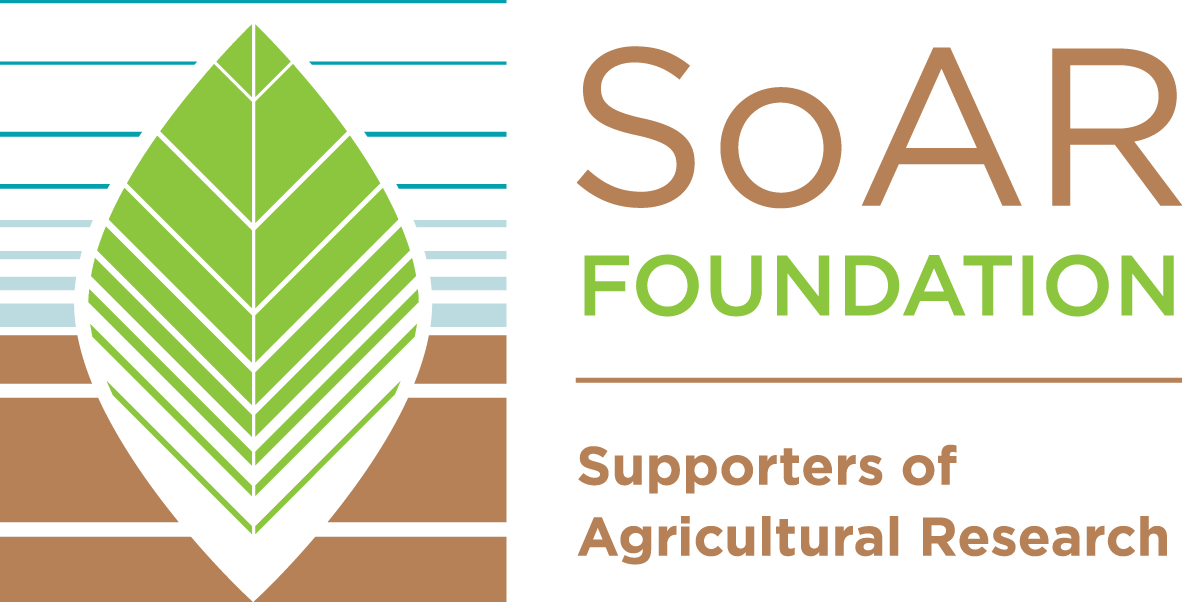Helping Farmers Save Enough Water to Double Nebraska’s Largest Lake
UNIVERSITY OF NEBRASKA-LINCOLN
PROBLEM
The Ogallala aquifer, which has lost roughly a third of its original reserves to irrigation, supports about 20 percent of U.S. cattle, corn, cotton, and wheat production.
SOLUTION
After more than 10 years of working with research-based practices, Nebraska farmers saved 1.8 million acre-feet of water—enough to refill the state’s largest lake.
FUNDING
USDA Natural Resources Conservation Service
Other sources
RESEARCHERS
Suat Irmak, PhD, University of Nebraska, Lincoln
When Dr. Suat Irmak joined the faculty at the University of Nebraska-Lincoln in 2003, he conducted a comprehensive needs assessment to determine what issues he should tackle. The depletion of the Ogallala aquifer, a vast underground reservoir that feeds most of Nebraska’s farms, was at the top of the list.
He researched and identified advanced technologies to improve farm productivity while conserving water and energy. These technologies have been applied in over 1.7 million acres of irrigated croplands across Nebraska.
Dr. Irmak has been taking his team’s research to a network of farmers created through direct outreach. In 2005, the Nebraska Agricultural Water Management Network started with just 15 farmers. Today, it is up to 1,400. Through this network, farmers have embraced conservation principles and technologies, reducing irrigation by more than two inches per acre each growing season.
Nebraska’s use of irrigation management technology has also increased. The state now ranks second nationally in deploying these innovations. The network also increased the scientific literacy of Nebraska’s agricultural community, helping them understand, for example, how changes in climate variables impact their fields.
With no end to water worries in sight, Dr. Irmak will continue to discover and propagate new ways to save.
“We work with farmers to learn about realworld issues. Sharing our results for adoption is as important as the research itself.”

